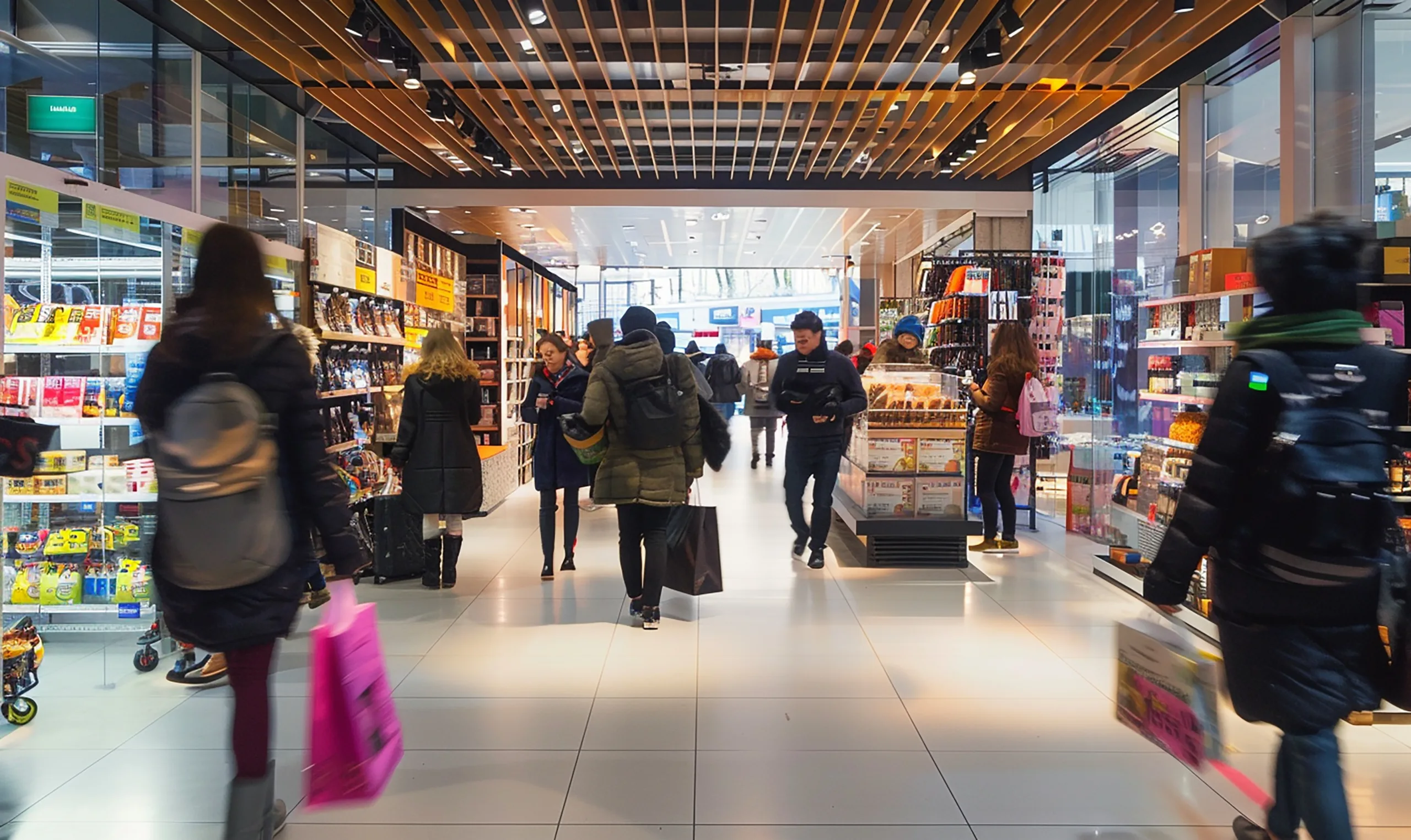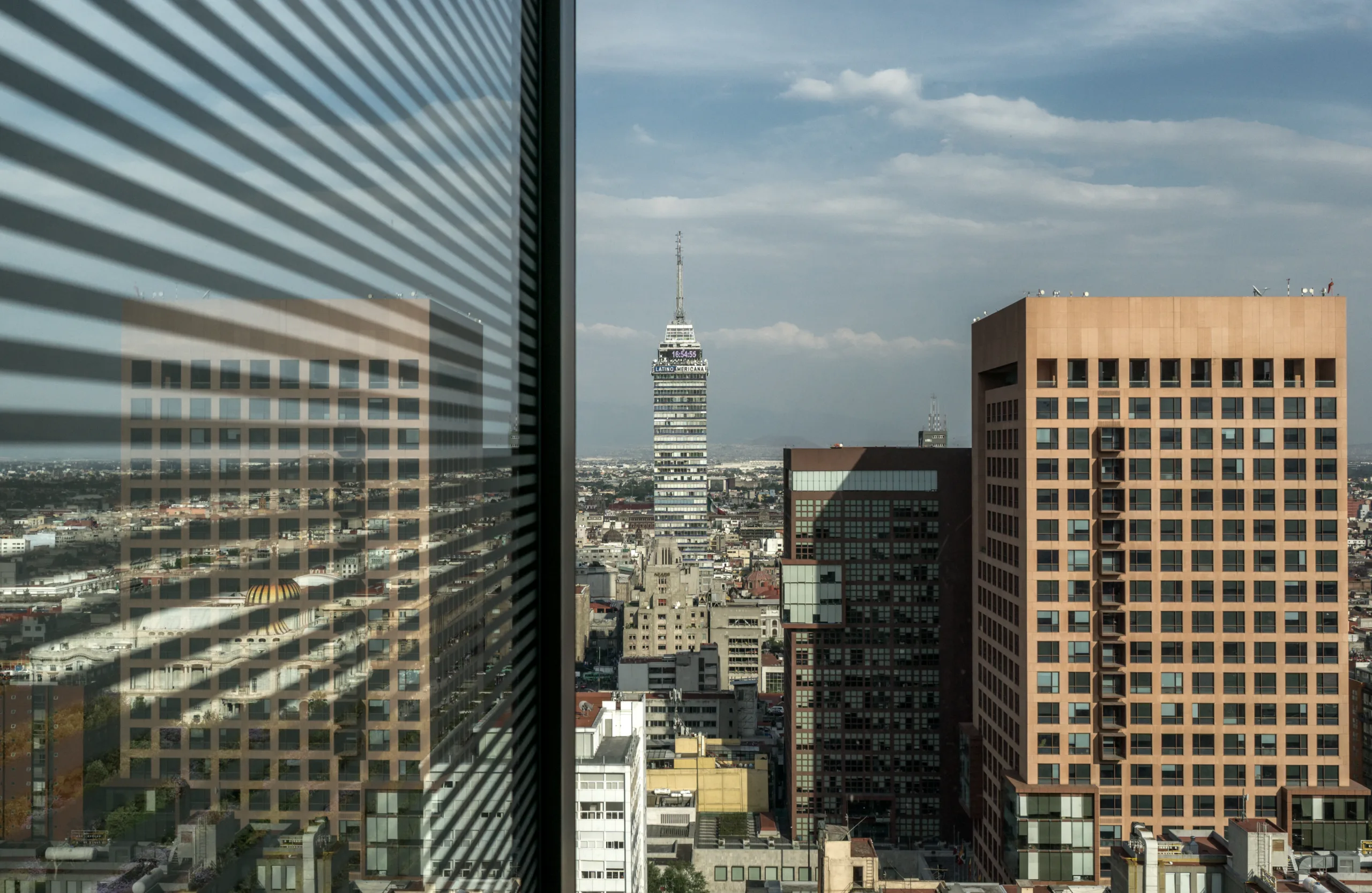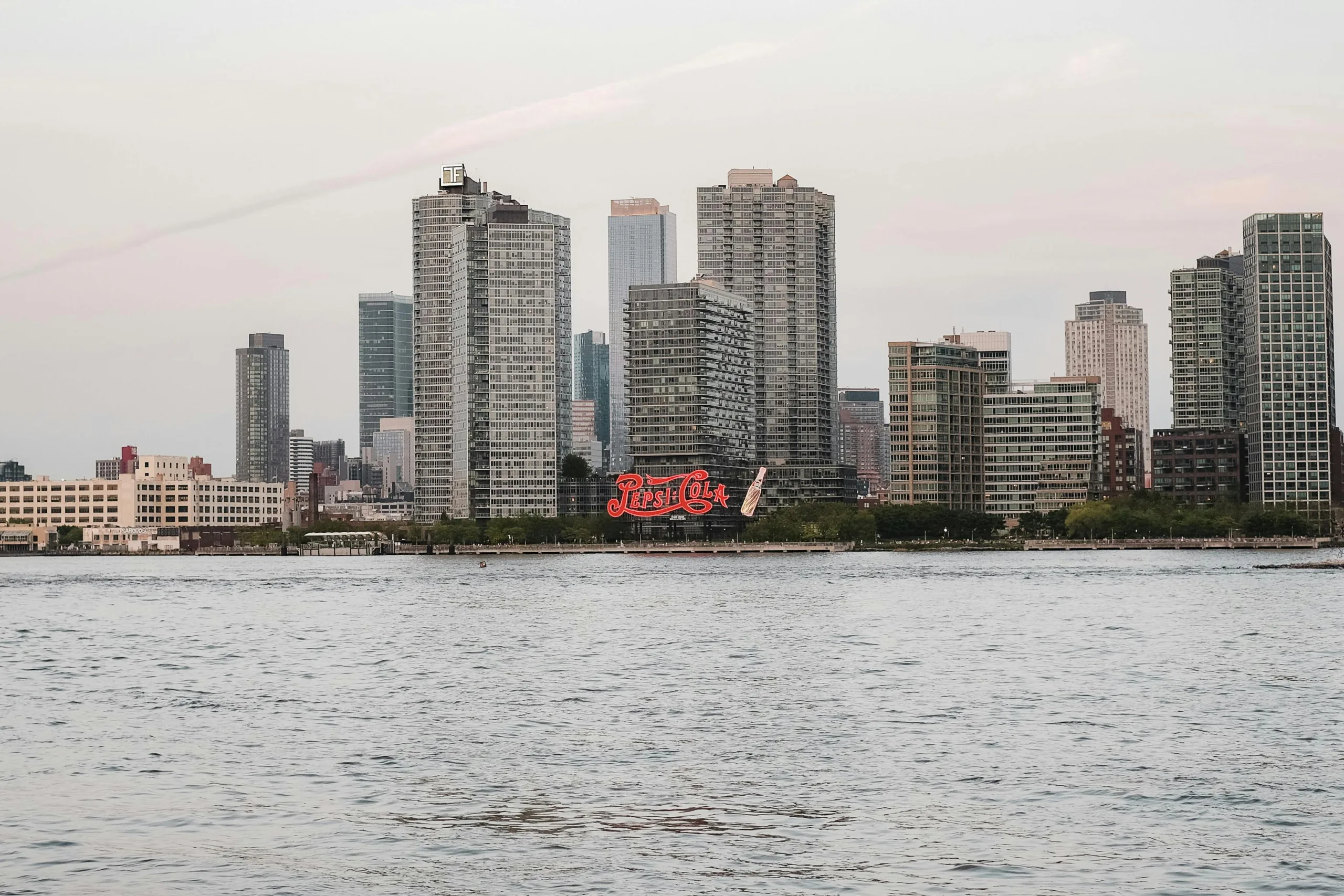- US retail experienced back-to-back quarters of negative net absorption for the first time since the pandemic, relinquishing nearly 15M SF in the first half of 2025.
- Retail vacancy rose to 4.9%, driven by weakness in both single- and multitenant segments, particularly in regional malls, even as asking rents reached new highs.
- Slowing consumer spending, looming tariff impacts, and rising vacancies signal a challenging road ahead for a sector long viewed as one of commercial real estate’s most resilient.
A Shift In The Fundamentals
According to Marcus & Millichap’s Q3 retail report, nearly 15M SF of retail space was vacated in the first half of 2025, reports GlobeSt. This is the first time this century the sector has seen back-to-back quarters of negative net absorption. The only other exception was during the pandemic. The pullback spans both single- and multitenant properties and comes at a time when asking rents are at record levels.
Cracks In The Consumer Outlook
Despite months of strong consumer spending, core retail sales dipped slightly in July. The decline, especially in discretionary categories, suggests that consumers may be starting to cut back. Marcus & Millichap notes this shift could be early evidence of prioritizing essentials ahead of expected budget pressure.
Get Smarter about what matters in CRE
Stay ahead of trends in commercial real estate with CRE Daily – the free newsletter delivering everything you need to start your day in just 5-minutes
Tariff Turbulence Ahead
The report also flags potential inflationary headwinds tied to new tariffs. Many retailers have held off on passing higher costs to consumers, but soft goods inflation remains a concern. As inventories turn over, price increases are more likely. Categories such as apparel, electronics, home goods, and auto repair are expected to be hit the hardest in the coming quarters.
Vacancy Trends Diverge By Format
Retail vacancy ticked up 40 basis points to 4.9%, still below long-term historical averages. But underlying performance varies by sub-sector:
- Single-tenant retail: Drugstores and department stores posted record-high vacancies, while fast food, convenience stores, and auto repair spaces remain in high demand with sub-2% vacancy rates. Single-tenant rents reached a new high of $22.96 PSF.
- Multitenant retail: Vacancy rose to 5.9%, with regional malls hitting a staggering 10.5% vacancy rate in July. In contrast, strip and power centers outperformed, holding at 4.6%. Asking rents for multitenant space also reached a record $21.84 PSF.
Why It Matters
The combination of declining absorption, economic uncertainty, and tariff-driven price risks raises new questions for a sector often viewed as stable. However, new construction remains limited, with only 7.2M SF added in Q2—the lowest quarterly total since 2000. This could help prevent oversupply and support market fundamentals over the long term.
What’s Next
Retail will likely face continued scrutiny as economic conditions evolve. Consumer behavior is shifting. Tariffs may also reshape cost structures. Because of this, tenant demand and leasing strategies will be closely monitored in the coming quarters.

















